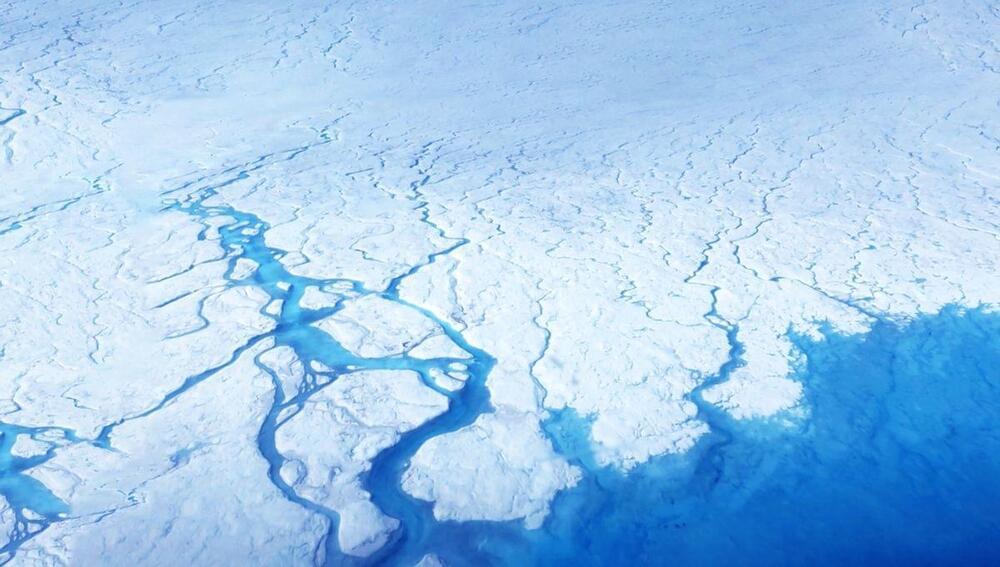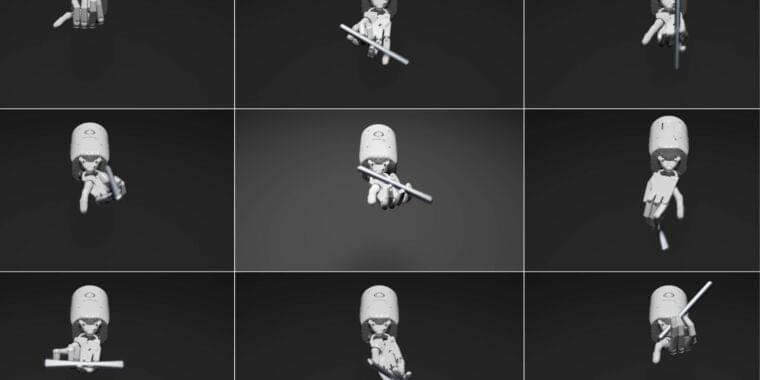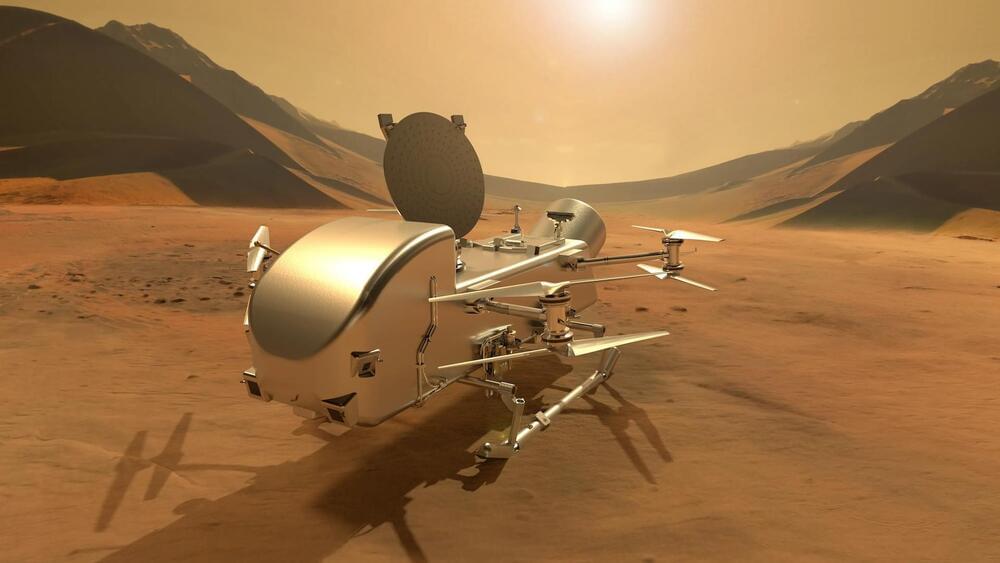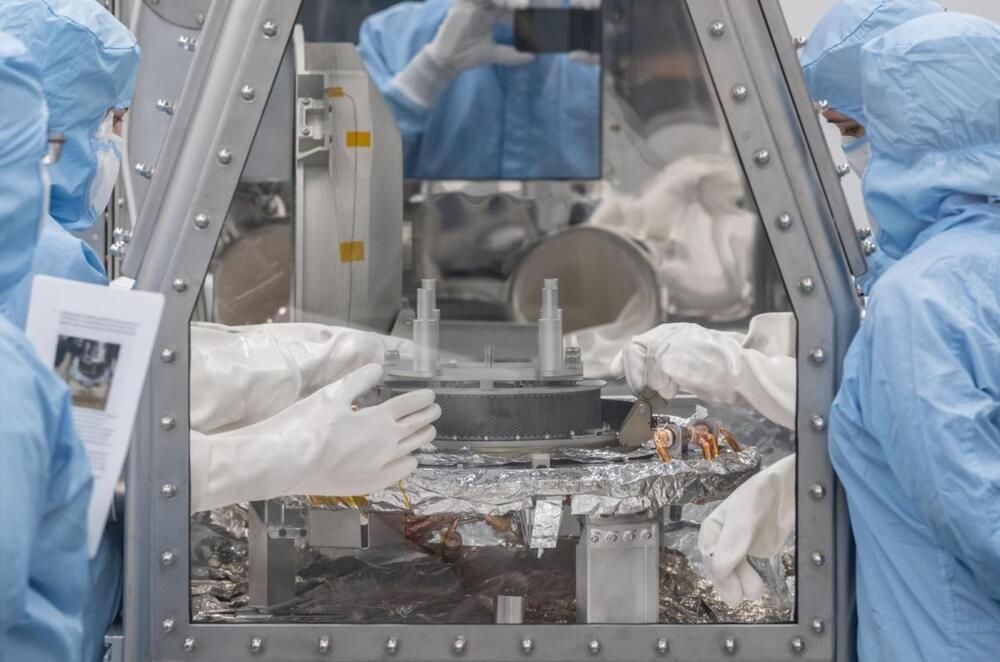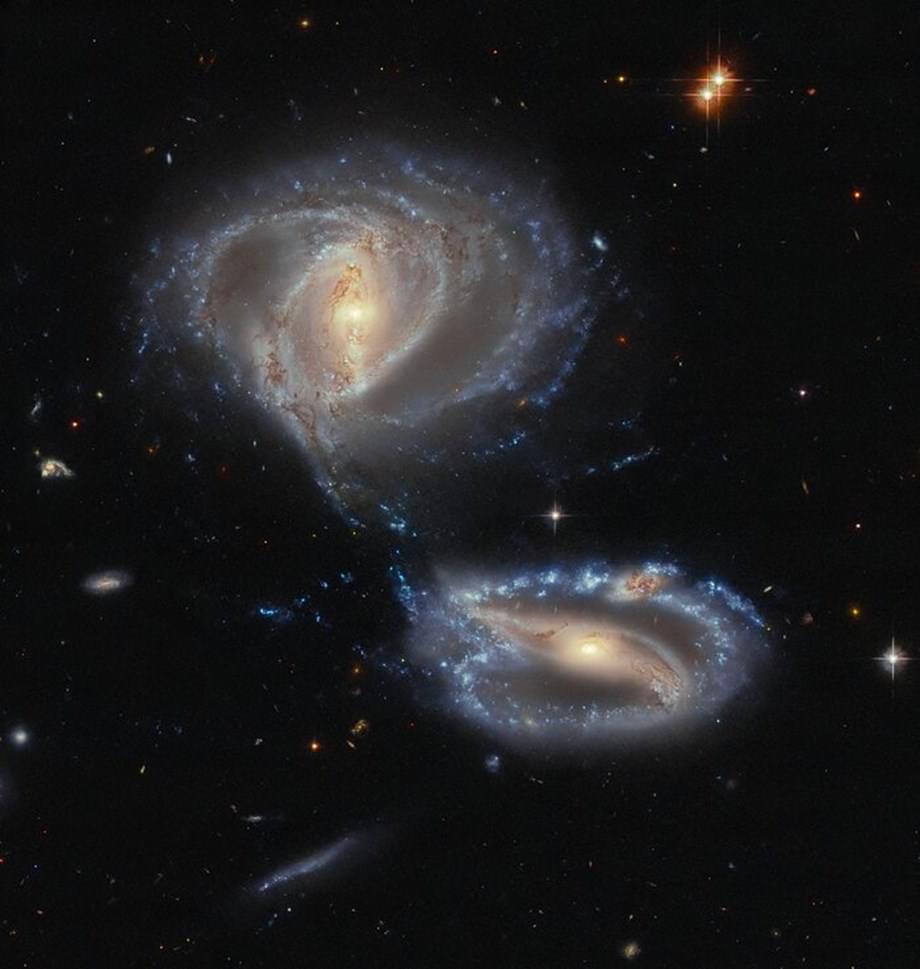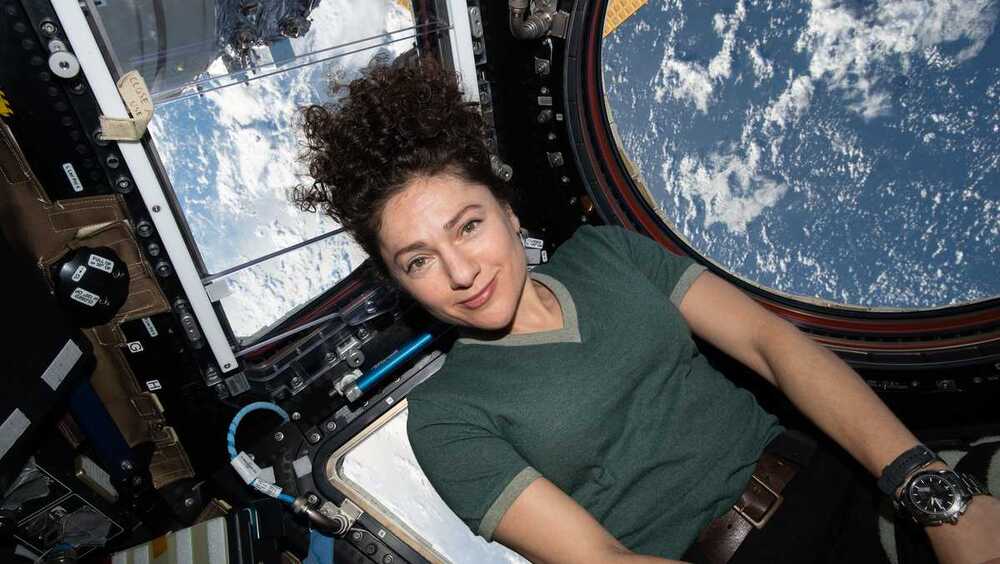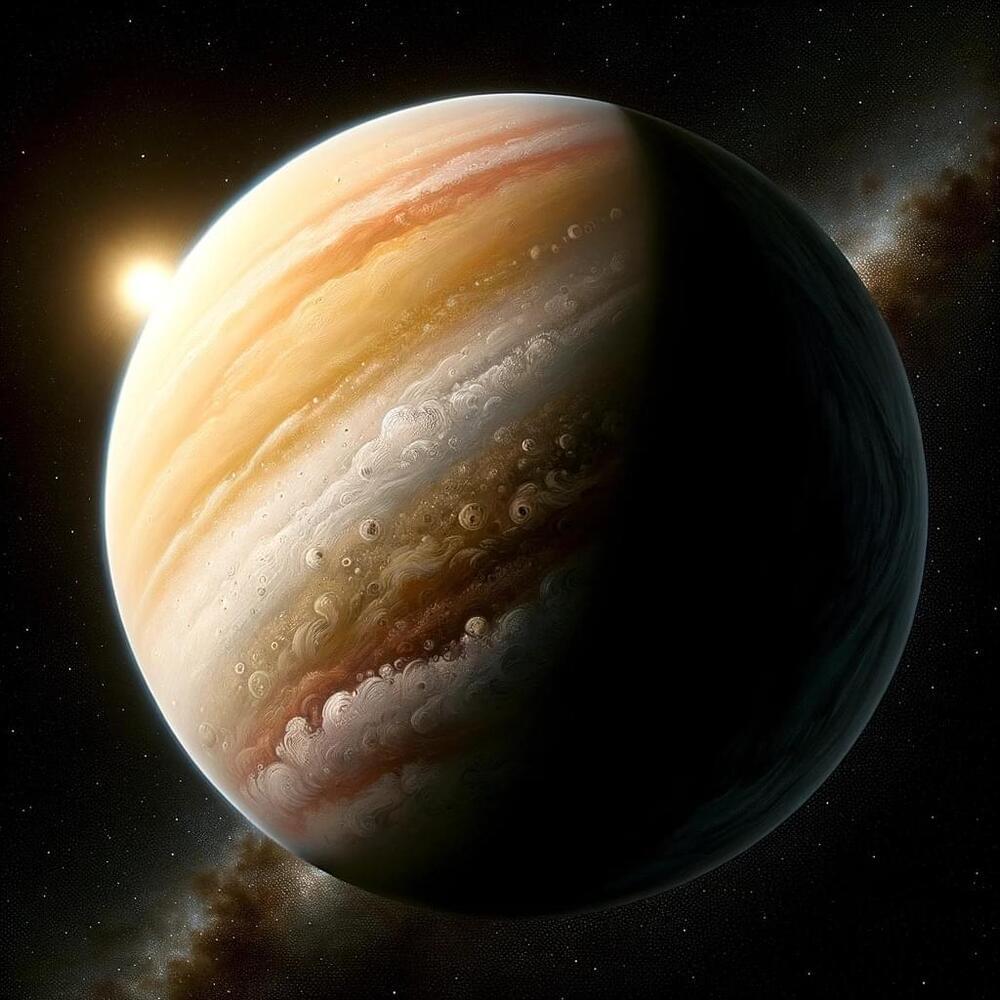Oct 25, 2023
Ancient Landscape Not Seen For 14 Million Years Discovered Beneath Antarctic Ice
Posted by Genevieve Klien in categories: climatology, space, sustainability
An ancient landscape that has remained hidden beneath the East Antarctic Ice Sheet (EAIS) for at least 14 million years has been revealed by a new satellite data and radar imaging study. According to the researchers, the preservation of this primordial scenery attests to the fact that the EAIS has remained relatively unchanged for eons, yet this stability could soon be threatened by an unprecedented rise in global temperatures.
The study authors used satellite data to identify undulations in the ice sheet’s surface that provided clues as to the nature of the terrain beneath. Using radio-echo sounding techniques, they were then able to image the landscape covered by the ice over an area of 32,000 square kilometers (12,355 square miles).
“The land underneath the East Antarctic Ice Sheet is less well known than the surface of Mars,” explained study author Professor Stewart Jamieson in a statement. “And that’s a problem because that landscape controls the way that ice in Antarctica flows, and it controls the way it might respond to past, present and future climate change.”
